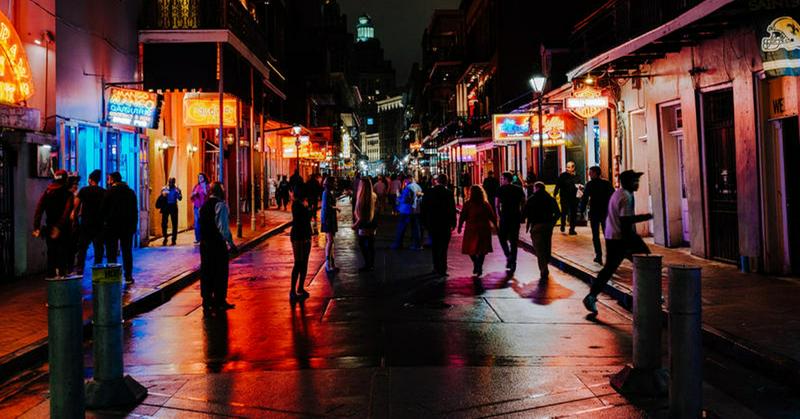Storyville, New Orleans's Infamous Red Light District
By | October 12, 2022

New Orleans may be known for giving a good time, but back in the late 19th and early 20th centuries, some parts of the city became known for giving a little too good of a time. After all, the city's foundational period had been established in large part by sex workers sent from France when very few women found the barely settled bayous and swamps appealing, so naturally, the sex trade flourished in the Big Easy.
But one alderman named Sidney Story was determined to get a hold on the practice; if he couldn't put them out of business, he wanted to at least contain the debauchery to one area of town. In 1897, an ordinance was passed to permit sex work only within the confines of Iberville and St. Louis, which was simply referred to as "The District," but brothel workers soon began not-so-lovingly calling the neighborhood Storyville.

The district was situated just beside a train station, making it easily accessible to weary travelers and thrill seekers alike. In fact, the district sold 25-cent "blue books" that guided the discerning patron through all the different kinds of venues available. Storyville's heyday also coincided with the rise of jazz, and many notable artists lived or worked in the district, from Louis Armstrong to Buddy Bolden and King Oliver. However, it was still far from an "anything goes" situation, as there were strict rules regarding race relations. While it was acceptable for both white and black women to work in the brothels, only white men were allowed to buy their services.
But times were changing in the late 1910s, as the First World War broke out and New Orleans became a major port for shipping soldiers off to fight alongside French allies. It was illegal for a brothel to operate within five miles of a base, and despite regulations, sexually transmitted diseases still affected many of the workers and visitors alike. Likewise, many of the seedier locals took advantage of the soldiers who visited, and four died within only a few weeks of arriving.

The city finally decided to clean up its act, so in an effort to get more money from the federal government and war department, they officially banned sex work and shut down much of Storyville in 1917. Only two years later, Prohibition was enacted in the United States, delivering another major blow to Big Easy nightlife (although according to the A.T.F., New Orleans seemed almost untouched by the ordinance, as local law enforcement seemed happy enough to look the other way). The Great Depression did away with the district for good, and many of the old buildings were torn down to make room for housing projects for the impoverished. Today, only a handful of the old saloons still exist, and the name Storyville has largely fallen out of use.

